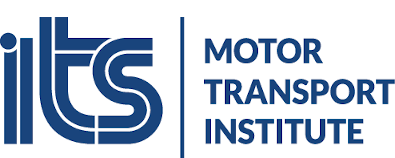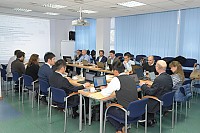The meeting of the experts UN-ECE
Between 31.01-01.02 of February, at the headquarters of the Motor Transport Institute, was organized a meeting of experts of the United Nations European Economic Commission- the IWG VGL Working Group (Visibility, Glare, Levelling) of the GRE UN-ECE.
Chairman of the group is representative of Poland - Tomasz Targosiński, PhD, researcher the scientist from ITS.
The task of the group is to develop alternative type-approval requirements proposals relating to the initial setting of lights and tolerances of the light beam tilt depending on the load of the vehicle - the aim of the issues discussed is that the low beam does not dazzle the oncoming cars, and at the same time ensure a minimum range of the road illumination.
The current requirements in this regard are imperfect and very simplified - for example, the prescribed road illumination range can vary from 20m to almost 200m for a new car. In addition, there is an artificial distinction used in the form of luminous flux 2000 lm as a criterion for the obligation to use the automatic light levelling device. Originally, this requirement was to separate the halogen lights (approx. 1000 lm) from xenon ones (3000 lm). Meanwhile, the current xenon may have only 2000lm and halogens more than 2000 lm, not to mention the LED lights.
Therefore the task of the IWG VGL is to develop new type-approval rules, for the lights levelling, that will guarantee a much better illumination of the road and protection against glare. This is done based on the proposals from the group of experts associated with the automotive industry, whose the starting point are the limitations of the production process and the alternative, innovative, Polish proposal drawn up by the Motor Transport Institute - its essence is to ensure the same minimum lighting parameters for all type-approved vehicles, regardless of the design parameters of headlights and levelling systems.




